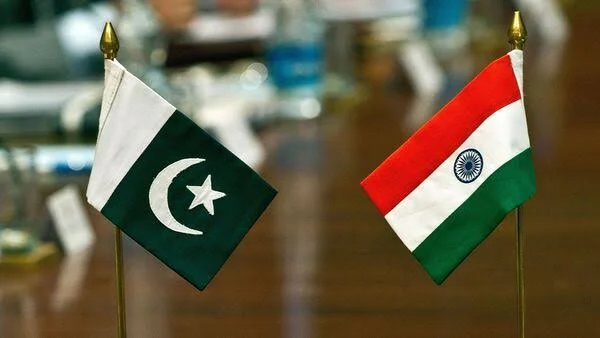A deadly attack in the Indian-administered region of Jammu and Kashmir has led to growing tension between nuclear-armed neighbours India and Pakistan.
The attack, which happened on April 22, left 26 people dead and has led to tit-for-tat actions between the two nations. Observers noted that if the crisis deepens and global powers take sides, it could spiral into a much larger conflict.
The attack took place in the Baisaran Valley, a popular tourist site near Pahalgam in Jammu and Kashmir. Most of the victims were male tourists. A Pakistan-based armed group, The Resistance Front (TRF), initially claimed responsibility. The group is linked to Lashkar-e-Taiba, a UN-designated terrorist group. Indian authorities said the attackers used US-NATO-made M4 rifles and came through mountain paths and dense pine forests near the tourist area. Four days later, TRF retracted its claim.
In its initial message, TRF said the attack was meant to oppose Indian policies that allow citizens from other parts of the country to settle in Kashmir. However, Kashmir has long been a disputed territory. Both India and Pakistan claim it entirely. India sees it as an inseparable part of its country, while Pakistan’s Prime Minister Shehbaz Sharif recently described Kashmir as Pakistan’s “jugular vein.”
India blamed Pakistan for backing militant groups like Lashkar-e-Taiba and directly held it responsible for the Pahalgam attack. The day after the killings, India suspended its participation in the Indus Waters Treaty- a 1960 agreement on how both countries share the Indus River system. It also began releasing water from the Uri Dam, which could harm Pakistan’s agriculture.
Other actions quickly followed. India announced the closure of the Attari-Wagah border crossing, the main land route between both countries. Pakistanis already in India were told to return home by May 1. Special visas under the SAARC Visa Exemption Scheme (SVES) were cancelled, and holders were given 48 hours to leave.
India also ordered Pakistani military, naval, and air advisers to leave the country within a week. It is pulling back its own military envoys from Islamabad. Both countries agreed to reduce staff in their embassies from 55 to 30 by May 1.
Prime Minister Modi addressed the nation, saying “every Indian’s blood was on the boil”. Observers say domestic political pressure is also pushing both governments to take hardline stances.
In response, Pakistan rolled out its own list of countermeasures. It said it may suspend the 1972 Simla Agreement, a peace deal signed after the 1971 war that led to Bangladesh’s independence. Pakistan also expelled Indian military attaches and ordered Indian citizens with special visas to leave.
Islamabad said it would close its side of the Wagah border and ban all trade with India. It also announced a halt to Indian goods moving through its territory to third countries, such as Afghanistan. Indian planes have also been banned from using Pakistan’s airspace, which could affect flight routes.
The conflict is sparking international concern, especially in the Global South. India’s Navy recently test-fired the INS Surat, a surface-to-air missile with a 70km range, at the Arabian Sea. If global powers begin taking sides, for example, the U.S. backing India and China supporting Pakistan, the situation could escalate into a much larger and more dangerous conflict.
Pakistan has said three countries have pledged support: China, Turkey, and Azerbaijan. China, in particular, has vowed to help Pakistan protect its sovereignty and security. Reports also suggest that China and Turkey have supplied weapons to Islamabad. Meanwhile, Iran and Saudi Arabia have called on both countries to ease tensions and avoid war.
The coming days may determine whether the crisis can be contained or if the world is inching toward a far more serious confrontation.

